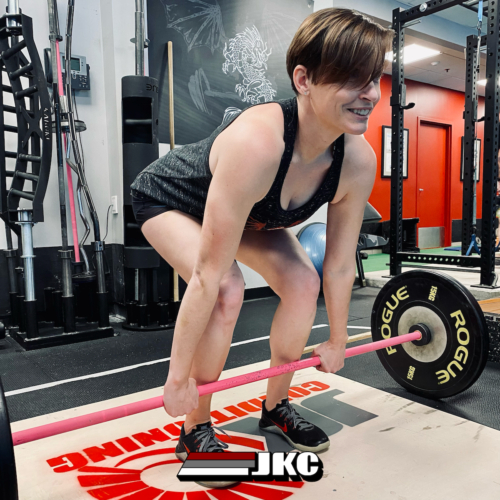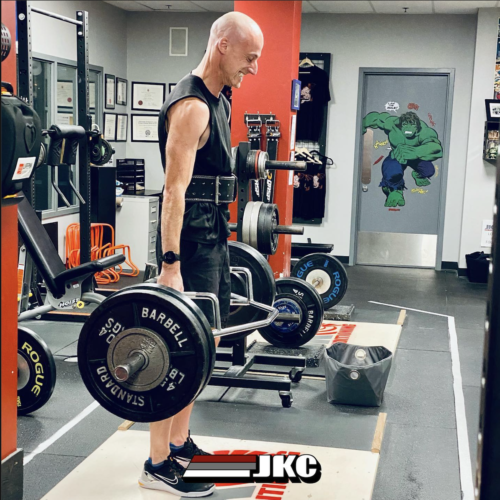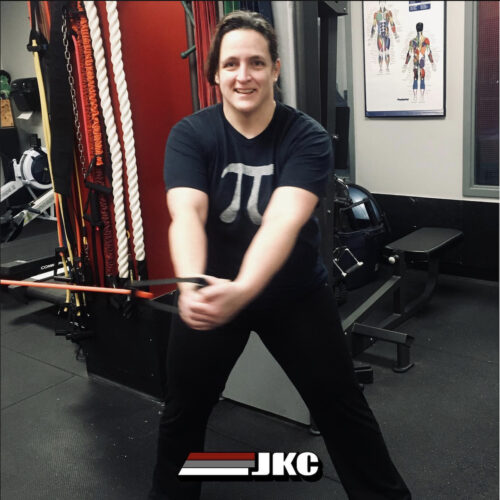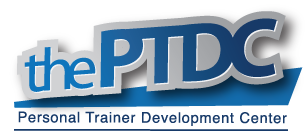
Some bodybuilding rules are meant to be broken. Apply these five rule breakers to your training and take your muscular development to the next level!
1) Only do functional exercises (free weight, multi-joint)
“Functional training” is a buzzword as of late that is scaring people away from tried and true bodybuilding methods and turning gym atmospheres into that of a circus. Standing on an exercise ball to get more “core activation” is ridiculous and completely dangerous. Avoiding machines and single-joint exercises because they have minimal crossover to functional tasks is absurd. The word “functional” is actually a misnomer and should be banished.
Rule Breakers:
Incorporate a balance of free weight, machine and isolation-type exercises in your training routine to elicit the most muscle growth possible.
Instead of “functional”, think “optimal”. An exercise is either optimal or not optimal at helping you to achieve the training effect you’re after. Building a muscular physique is all about challenging your muscles with different exercises (using different pieces of equipment) at different joint angles to elicit different training stresses to maximize your growth potential. Using machines provides a unique training stimulus absent from free weight training. Isolation exercises focus on spot growth (compared to spot reduction, which doesn’t happen), which can help lagging muscle groups and develop symmetry.
2) Stay in the 8-12 rep range
Traditionally, 8-12 reps are given as a prescription for building muscle. This is obviously true and leads to a form of muscle growth called sarcoplasmic hypertrophy. In this case, there is an increase in the non-contractile protein content of a muscle, yielding muscles that look full. However, only staying in this rep range could limit your growth potential over the long haul.
Rule Breakers:
Incorporate a wide spectrum of reps and sets in your program to elicit different training stresses for size and strength.
Performing 5-7 reps is generally thought to increase strength. However, it will also yield improvements in muscle size. The type of muscle growth in this scenario is called myofibrillar hypertrophy, which is associated with an increase in the contractile protein content. This yields muscles that look denser. A tried and true bodybuilding and strength protocol is 5 sets of 5 reps, which is enough volume to elicit improvements in strength AND size.
3) Avoid the Smith Machine like the plague
Along the same lines as being “non-functional”, the Smith machine is avoided for fear of not training the joint stabilizers. The fact that the barbell is attached to the machine and slides on rails means the bar can only move in two directions: up and down. This removes the stability component that is normally involved when using a “free” barbell.
Rule Breakers:
Incorporate the Smith Machine in your training program to completely exhaust your major muscle groups.
Since the bar is stabilized for you, the Smith Machine allows you to focus on training your major muscle groups, also known as “prime movers”. Performing high rep bench press variations or drop set squat variations can tax all your muscle fibers. As muscle fibers early on in the set start to fatigue, your body starts recruiting fresh muscle fibers. The more muscle fibers you can recruit and exhaust, the more muscle damage you can cause (in a good way). This increases your potential for growth and is a unique stimulus to using free weights.
4) Don’t train to failure
Training to failure is hard on the body, particularly the nervous system. Athletes who need to focus on sport practices and competitions should follow this rule so they can be somewhat fresh and perform at their peak potential. Bodybuilders on the other hand can break this rule and benefit quite nicely.
Rule Breakers:
Add one or two sets to failure to tax as many muscle fibers as possible.
Similar to using the Smith Machine to completely exhaust your prime movers, drop sets (dropping weight as you fatigue but continuing the length of the set) and cluster sets (taking really short rests between reps but using the same weight, which also extends the length of the set) are great training methods that can be used for multi-joint or isolation-type exercises. Adding forced reps (slight assistance from a spotter) and negatives (loads greater than your 1 rep max) to the ends of your sets are also great methods for taxing additional muscle fibers. These training methods add volume to your training while also stimulating and fatiguing as many muscle fibers as possible, which increases your growth potential.
5) Don’t train the same muscle group within a 48-hour period
This rule definitely applies if the workout intensity is high enough to elicit a large amount of muscle damage and inflammation. However, there are certain situations where this rule doesn’t apply. Think of a gymnast or jacked construction worker. The gymnast trains technique and body weight drills daily for years and the construction worker is constantly using their body to lift and move stuff around the construction site 5-days/week without a day off in between. Do you think the construction worker calls in sick on Tuesday and says he needs 48-hours to recover from lifting somewhat heavy loads on the Monday? It’s just not going to happen.
Rule Breakers:
Add in daily low intensity exercises to bring up lagging muscle groups.
Low intensity exercises can be performed daily and result in massive gains in size. What’s referred to as high frequency training, made popular by strength and conditioning coach Chad Waterbury, can be very effective if it’s applied correctly and appropriately. Bodyweight exercises (e.g. pushups, pull ups, inverted rows, & lunges, etc.) and isolation-type exercises (e.g. lateral raises, biceps curls, triceps extensions, & hamstring curls, etc.) can be performed daily and progressed by adding 1-repetition per day for several weeks. Think of it as a supplementary routine, which can be performed separately from your regular training program. For example, perform ten lateral raises on day one with a comfortable weight. On day two, add one rep. On day three, add another. Repeat this pattern for 3-4 weeks using the same weight. Listen to your body and be aware of any overuse pain.
Wrap Up
If an intelligent approach is taken and your recovery ability is not terribly affected, breaking some of the common training rules can boost your muscle growth potential in a positive direction. Incorporating proper nutrition and recovery methods are key to keeping you healthy and motivated to train. With dedication and consistent approach to training, apply these rule breakers into a balanced bodybuilding program and fully maximize your growth potential.
If you enjoyed this post, you’ll want to get your hands on this fantastic muscle building program from Jim “Smitty” Smith. I’ve gone through this product from cover to cover multiple times and have implemented Smitty’s programming and ideas into my own training and my client’s training. This program is a must have (because it works). Click HERE for more info.
This article first appeared on MuscleMag.com








































